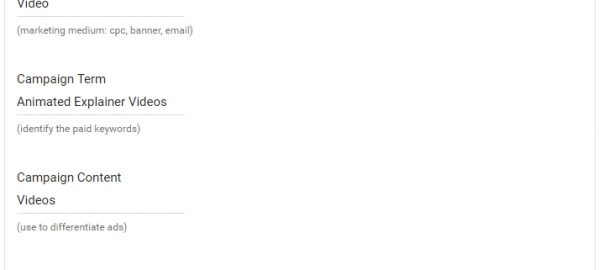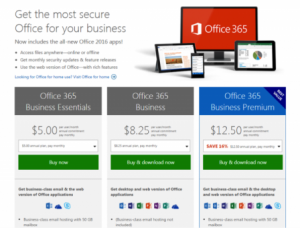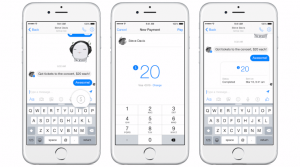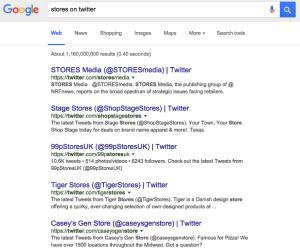
Video marketing is currently one of the most popular and effective types of marketing. Based on a survey by ReelSEO, 96% of B2B companies use video content marketing to ramp up their conversion rates and revenues.
This isn’t just because “Why not?”–it’s because video marketing has been proven to impact ROI positively, confirmed by 73% of companies that participated in ReelSEO’s survey linked above.
The remaining 27% of those companies were definitely missing something from their video content marketing, which is why their results did not meet their expectations.
ROI isn’t always about increasing revenue or conversion rates, especially when we’re talking about video content marketing. In fact, 80% companies only desire brand awareness as a result of their video content marketing.
That’s what we’re going to go through in this post: how you can increase the ROI of your video content, in terms of brand awareness.
Let’s jump right in.
1. Engagement Tracking
When you’re done producing your video (assuming you wrote a brilliant script) you have to spread it out through different online platforms (think YouTube, Wistia, Facebook, etc).
(Related to that, you should read our social media video sharing tricks to minimize negative reviews of your videos.)
Once you get your video out there, things can get a little messy. You’ll have difficulties figuring out the engagement that comes from Facebook as opposed to coming from YouTube, and so on.
You can overcome this problem by using a tool called Google’s URL builder. It adds a UTM parameter to any link you attach to your video (e.g: a CTA annotation at the end of the video). In a nutshell, it adds a detailed address specific to where a visit to your landing page comes from.

Adding this information to your links will help you organize your data in Google Analytics so you can see exactly where your traffic is coming from. The result in Google Analytics will tell you precisely which website provides you with most traffic, and which doesn’t.
Let’s say you get 85% visits to landing page from a YouTube campaign. If that is the case, the percentage is sufficient enough for you to focus your campaign only on YouTube and put other websites on hold for the moment.
But if the visits to your landing page are spread evenly between several websites, you want to know what your audience from each website likes or dislikes about the video– which leads to the next step.
2. Hole Filling and Hole Prevention
If you’re feeling pain in your teeth, you want to know why it is happening. Then you go to a dentist and have him/her check the cause of your pain and how to stop it from happening again.
You find out that one of your teeth has a cavity, and your dentist suggest that he/she clean out the cavity and fill it. The result? Well, you won’t have to suffer anymore when chewing bacon.
The same holds for your video content. If you don’t find it really working well, you have to figure out the cause and fix it there.
If you log in to your Google Analytics account and you find out that your video content on Facebook isn’t doing very well, you’ll have to head over to your Facebook page and send a message to your audience, asking if they have something they particularly dislike or like from your video.
The same is true for YouTube, Wistia, or Instagram, really. You ask your audience directly instead of waiting for a miracle to happen.
Most dentists will also warn you that your other teeth need cleaning to prevent cavities– so you agree to your dentist’s suggestion and save yourself from future toothaches.
Just like your dentist visits, in some content surveys, you’ll also receive some constructive criticism from one or two members of your audience (this is seriously rare!). You’ll then think of a way you can apply those criticisms–be they suggestions about a better animation style or about a better thumbnail image.
3. SEO Your YouTube Video
After a couple of weeks publishing a bunch of video content marketing pieces on YouTube, most startups and small companies will get a couple hundred views, tops.
It’s pretty standard for YouTube marketing.
SEO-ing your YouTube videos might not be on every marketer’s mind. But the key to YouTube marketing is getting your videos to rank in Google searches.
There are a couple of ways you can optimize your video for YouTube and Google searches yourself (surprise!). Though these just skim the surface of SEO, they’re worth investing your time and effort in.
- Video title and keywords
Before we jump into how to name your video, I want to mention that your YouTube marketing plan should target long tail and less competitive keywords.
This will allow you to rank your video with simple, free hacks. If you insist on ranking for “car insurance,” more power to you; however, you’ll need to build a truckload of links to your video before it skyrockets.
Now about naming your video. Like other search engines, YouTube looks at the name of your raw video file.
That means you have to optimize your video name before uploading it. Here’s what you can do:
- Go to your completed video file that is ready for upload.
- Right-click on the file and select “Get Info” or “MediaInfo.”
- Add some tags to your video that are related to the content.
- Under “Name & Extension,” name the file after your #1 and #2 keywords. For example: How to Rank YouTube Videos – Ranking Videos in Google.
That will help you to get the most out of YouTube SEO, but it doesn’t require that much of an effort to do.
- Video description
Add a link to your website. It’s essential for the outcome of your YouTube marketing.
After adding link to your website, you’ll need to optimize the rest of the description field. What you can do is write a short piece of content (try at least 200 words) with proper keyword stuffing.
By keyword stuffing, I mean using synonyms of your main keywords without forced repetition.
For example, if your main target keyword phrase is “How to rank YouTube videos in Google,” you want to include “how to get videos to show up in search engines,” “YouTube marketing,” etc.
Key Takeaways
- Track which website gives you the most landing page visits.
- Ask your audience what they like or dislike. Make their suggestions and expectations reality.
- Name your video file properly.
Give these methods a try! And after you do, let me know in the comments how they help your video marketing.
Digital & Social Articles on Business 2 Community(65)
Report Post




